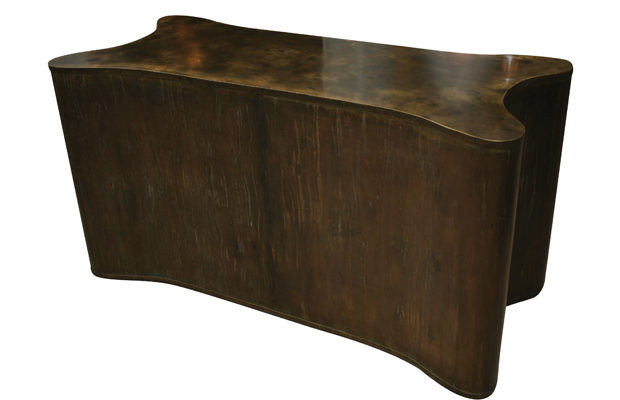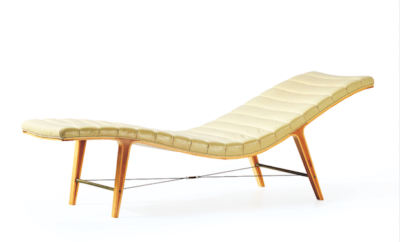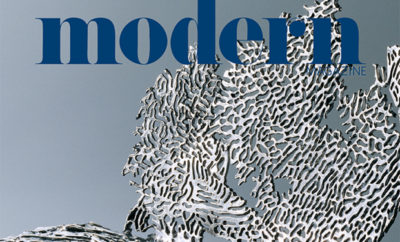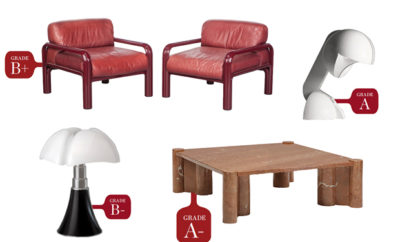
Design
Family Business
Family Business:
New York modern design dealer Paul Donzella describes how he weighs the aesthetic and market merits of particular artisanal works, using the example of the late twentieth-century father-and-son design team of Philip and Kelvin LaVerne
For me, it always makes for an interesting conversation when a collector asks how I perceive a specific designer’s work in the classic context of “good, better, best.” Like anyone interpreting a work of art that they themselves did not create, I believe you bring a bit of your own life experience to an evaluation. I tend to look at a number of different elements when determining what I believe makes one piece more desirable than another. Things like form, scale, decoration, condition, rarity, and, of course, personal taste all play into my assessment. On the subject of personal taste, sometimes mine is not fully in sync with what may be performing strongly in the marketplace. So for a dialogue such as this, I have to find a middle ground in order to properly advise a client on building a collection.
A good case in point is the output of Philip LaVerne and his son, Kelvin, who produced great works of furniture and sculpture from roughly 1960 to 1980 in New York City, where they maintained a showroom and a separate studio. They created primarily bronze forms, which they decorated with etched motifs drawn from ancient—usually Asian—cultures to ones inspired by modern art. Their style was unmistakable. I’d estimate that roughly 75 percent of LaVerne pieces on the market are tables. But in addition to tables, they also made sculptures, bronze “paintings,” cabinets, and an assortment of other furniture pieces, some one-of-a-kind works and others created in very small editions.
There are a handful of etched classical scenes that show up repeatedly on assorted table forms—“Chan,” “Chin Yang,” “Tao” to name a few. Often they incorporate enameled areas that add a burst of color. The sheer frequency with which these designs appear, however, lessens the value of pieces decorated with them, in my opinion. That said, the LaVernes also produced a number of other classical designs that you almost never see, such as “Ming” or “Pharaoh” (I know of their existence only through a few period showroom catalogues I happen to own). At the other end of the spectrum are some abstract or graphically-patterned designs that I find a lot more exciting and would almost always steer a client toward. For me, some of the more desirable designs are those titled “Etruscan,” “Eternal Forest,” “Interlocking Circles,” “Fantasia,” and my very favorite, “The Bathers”.
Below are some of my personal guidelines for collecting and valuing the LaVernes’ work.













